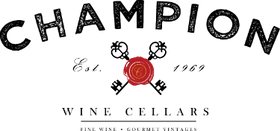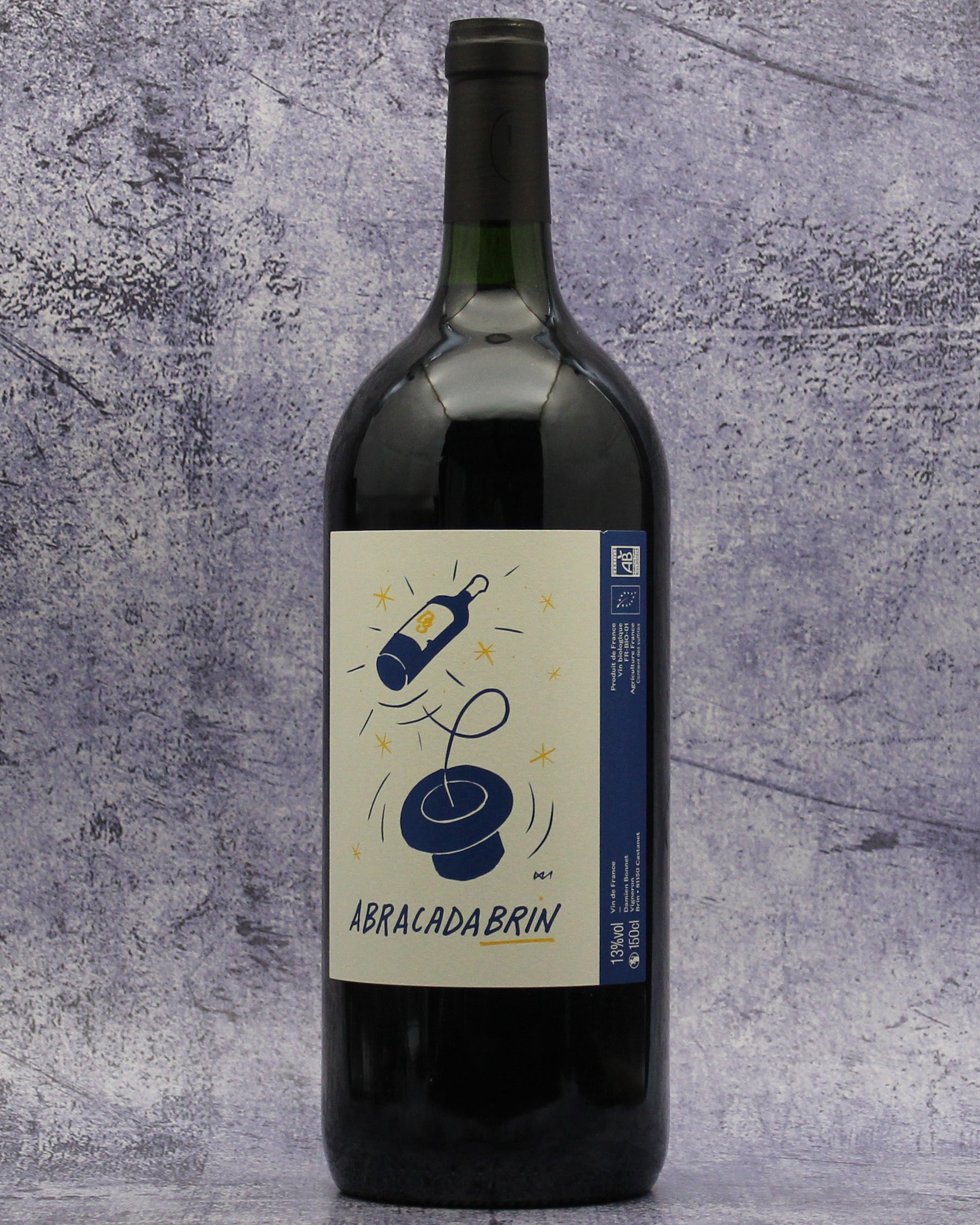Description
From: Gaillac, France
Varietal: Merlot, Various Native Gaillac Grapes
Taste: The glass displays a deep, ruby-red hue with a slight violet rim. The nose is intensely aromatic, bursting with wild red and black berries—think ripe raspberries, black cherries, and mulberries—layered with delicate floral notes of violets and crushed rose petals—earthy undertones of damp soil, crushed herbs, and a subtle hint of graphite. On the palate, ‘Abracadabrin’ is lively and fruit-forward, with a juicy, mouthwatering acidity that keeps it fresh and drinkable. The initial burst of red and dark fruit flavors—blackberry compote, tart cranberries, and plums—is complemented by a touch of spice, with hints of black pepper, clove, and a whisper of cocoa. The tannins are fine-grained and well-integrated, lending structure without overpowering the wine’s vibrancy. A subtle mineral streak runs through the mid-palate, adding texture and salinity. The finish is long and expressive, leaving lingering notes of crushed berries, fresh thyme, and licorice.
Pairing: For Italian-American options, Eggplant Parmesan complements its bright red fruit and acidity, while Sausage and Peppers enhance its peppery spice and natural vibrancy. A Latin-inspired Carne Asada Taco with Salsa Roja balances the smoky, citrus-marinated beef with the wine’s fresh, fruit-driven profile. Lamb Kofta with Tzatziki brings out the wine’s earthy spice while the yogurt sauce keeps the pairing refreshing for a Mediterranean pairing.
Lamb Kofta
By Moira Hodgson, NYT Cooking
About: Domaine de Brin is in the Gaillac region of South-West France, celebrated for its rich winemaking. The estate spans 14 hectares, cultivating a variety of native Gaillac grape varieties, including Mauzac Vert and Rose, Loin de l'Oeil, Ondenc, Braucol, Duras, and Prunelart. Plans include planting Valdiguié for reds and Verdanel for whites, further emphasizing their ideals of regional authenticity.
The estate's white stone farmhouse has been a family landmark for generations. However, in 2008, Damien Bonnet assumed control of the domaine. Before this, the farm practiced polyculture and sold its produce to local cooperatives. Damien's vision led to a shift towards organic viticulture and the bottling of wines under the estate's own label.

